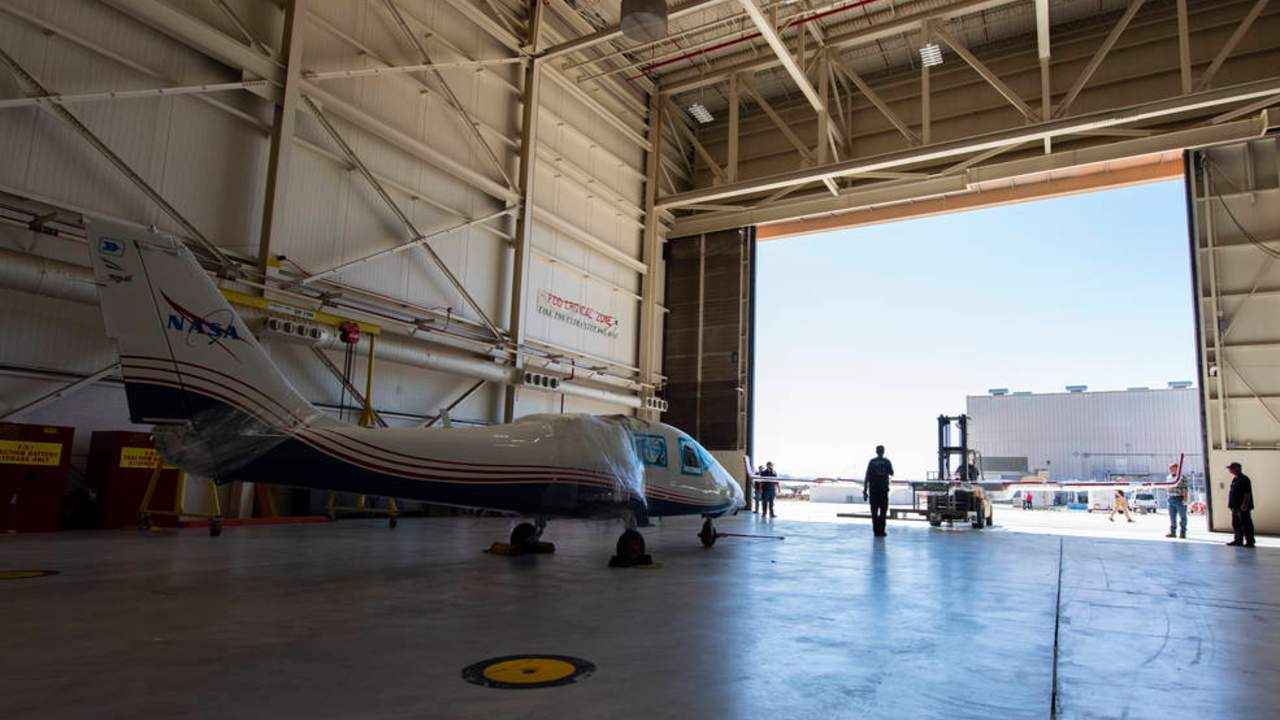NASA deploys first experimental all-electric plane with 14 electric motors

NASA has deployed the X-57 Mod II electric aircraft in its Armstrong Flight Research Center in Edwards, California
NASA is testing its all-electric aircraft to make future aircraft quieter and cleaner
The development team is using a ‘design driver’ as a technical challenge to “drive lessons learned and best practices"
Yes, going fully electric on the road is the dream of lawmakers and automakers alike. But who said it isn't the dream of space agencies and aerospace firms as well? According to a recent news release published by NASA, it has deployed its first experimental all-electric aircraft at the space agency's Armstrong Flight Research Center in Edwards, California. In development since 2015, the aircraft is called the X-57 Maxwell (or X-Plane). NASA plans to continue working on the experiment to understand how aircrafts of the future can be made electric.
“The X-57 Mod II aircraft delivery to NASA is a significant event, marking the beginning of a new phase in this exciting electric X-plane project,” commented Tom Rigney, Project Manager for the X-57 project. “With the aircraft in our possession, the X-57 team will soon conduct extensive ground testing of the integrated electric propulsion system to ensure the aircraft is airworthy. We plan to rapidly share valuable lessons learned along the way as we progress toward flight testing, helping to inform the growing electric aircraft market.”
NASA's X-57 is an all-electric adaptation of the twin-engined Tecnam P2006T. It's a four-seater light aircraft that was designed in Italy in 2006. In its X-57 experiment, NASA has replaced the aircraft's two Rotax engines with 14 electric motors, which drive individual propellers on the leading edge of both wings. Capable of flying for a maximum of one hour, the X-57 has a range of about 160 kilometres. The X-57 can cruise at about 280 kilometres per hour.
The development of NASA's X-57 is expected to aid in the design of more air mobility vehicles that also use complex distributed electrical propulsion systems, just like the X-57. According to NASA's news release, the development team is using a ‘design driver’ as a technical challenge to “drive lessons learned and best practices.” This design driver, according to the American space agency, includes a 500 per cent boost in high-speed cruise efficiency, zero in-flight carbon emissions, and a quieter flight for “communities” on the ground.
Cover image courtesy: NASA
Digit NewsDesk
Digit News Desk writes news stories across a range of topics. Getting you news updates on the latest in the world of tech. View Full Profile





